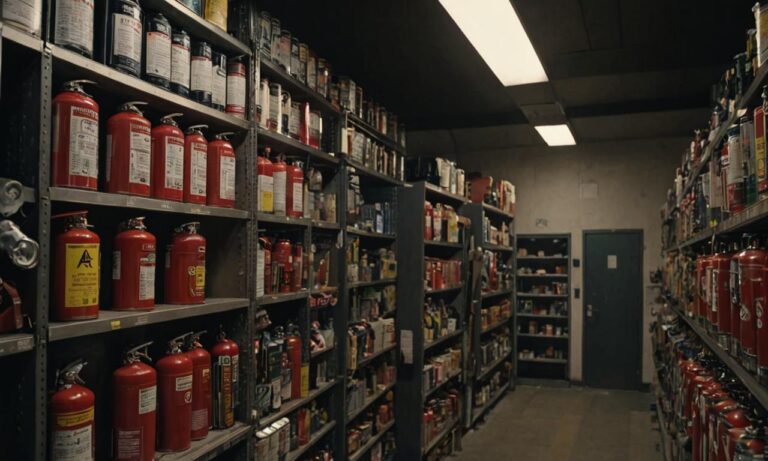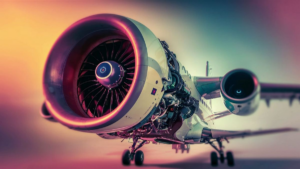Concerns regarding aerosols and their potential to explode on planes have been a topic of discussion among travelers, airline staff, and safety authorities. While it’s essential to address these concerns, it’s equally crucial to understand the science behind aerosols and the risks they may pose during air travel.
Understanding Aerosols
Aerosols are small particles suspended in the air, often released from products like hairspray, deodorants, and other pressurized containers. These particles can vary in size and composition, but they typically consist of liquid or solid substances.
Factors Contributing to Explosions
Several factors determine whether an aerosol can explode on a plane:
- The presence of flammable ingredients: Aerosols containing flammable substances like propane or butane pose a higher risk of explosion.
- Pressurized containers: The pressure inside aerosol cans increases at higher altitudes, which could potentially lead to ruptures or explosions if the container is compromised.
- External factors: Extreme temperatures or physical damage to the container can increase the likelihood of an aerosol explosion.
Aviation Regulations and Safety Measures
Regulatory agencies such as the Federal Aviation Administration (FAA) closely monitor the transportation of hazardous materials, including aerosols, on commercial flights. Airlines adhere to strict guidelines regarding the handling and stowage of these materials to mitigate any potential risks.
Passengers are also required to follow specific rules when carrying aerosols onto planes. These rules typically include limitations on the size and quantity of aerosol containers allowed in carry-on luggage, as well as restrictions on flammable substances.
Minimizing Risks
To minimize the risk of aerosol-related incidents on planes, passengers and airline staff can take several precautions:
- Store aerosol containers in carry-on luggage rather than checked baggage, where they can be monitored more closely.
- Keep aerosol containers away from heat sources and direct sunlight to prevent overheating.
- Follow all airline and regulatory guidelines regarding the transportation of aerosols.
While the possibility of aerosol explosions on planes exists, strict regulations, safety measures, and awareness among passengers and airline personnel help mitigate these risks significantly. Understanding the factors contributing to aerosol explosions and following established guidelines can ensure safe air travel for everyone onboard.
equently Asked Questions
Here are some commonly asked questions about aerosols and their potential risks on airplanes:
| Question | Answer |
|---|---|
| Can aerosols explode on planes? | Aerosols can potentially explode on planes under certain conditions, especially if they contain flammable ingredients and are subjected to factors like high pressure and extreme temperatures. |
| What should passengers do to minimize the risk? | Passengers should follow airline and regulatory guidelines regarding the transportation of aerosols, store them in carry-on luggage, and avoid exposing them to heat sources or direct sunlight. |
| How do airlines ensure safety regarding aerosols? | Airlines adhere to strict regulations set by authorities like the Federal Aviation Administration (FAA) and implement safety measures in handling and stowing aerosols to mitigate potential risks during flights. |
| Are there specific rules for carrying aerosols onto planes? | Yes, passengers must comply with rules regarding the size, quantity, and content of aerosol containers allowed in carry-on luggage, as well as restrictions on flammable substances. |
Emergency Procedures
In the rare event of an aerosol-related incident on a plane, airlines have established emergency procedures to ensure the safety of passengers and crew. These procedures may involve isolating and containing the affected area, providing necessary medical assistance, and communicating with air traffic control for further instructions.
Technological Advances
Advancements in technology have contributed to improving the safety of transporting aerosols on airplanes. For example, enhanced container designs and materials help reduce the risk of ruptures or explosions, providing an additional layer of protection during air travel.
See also:






